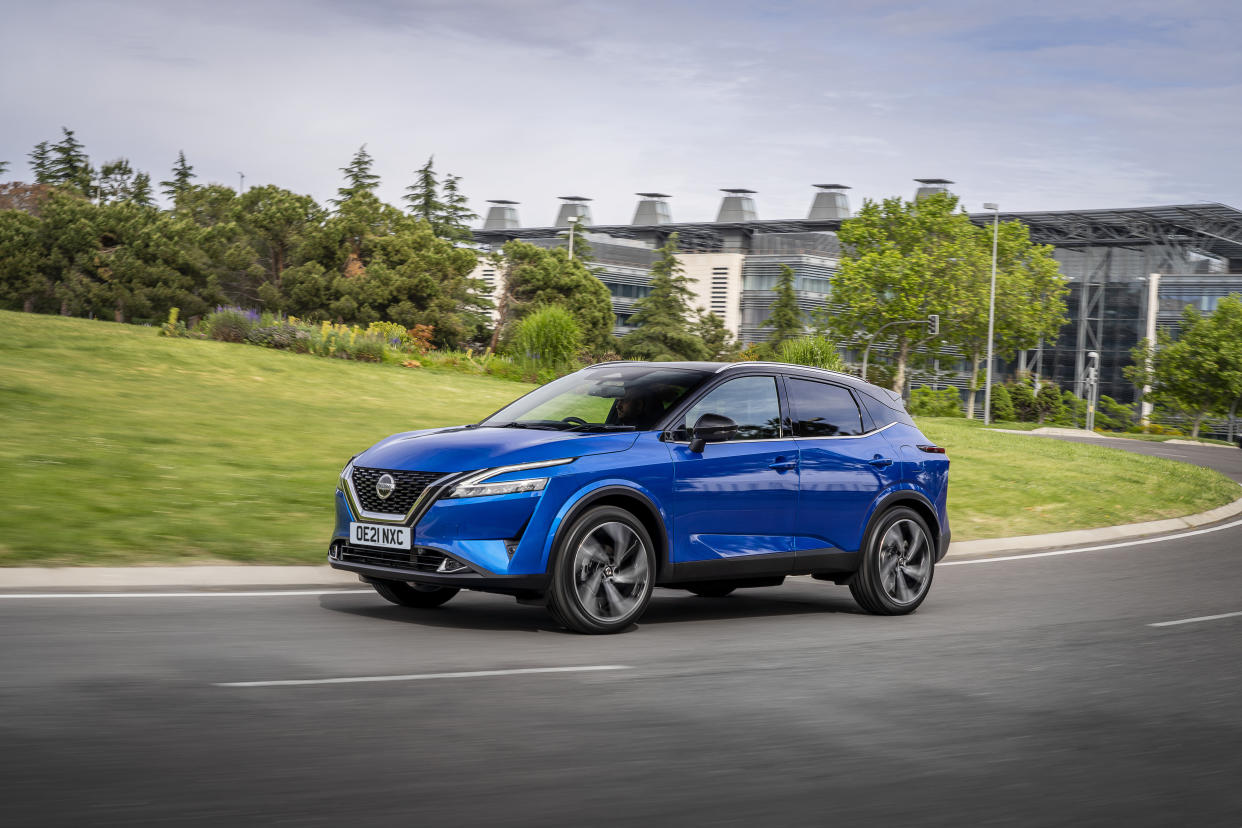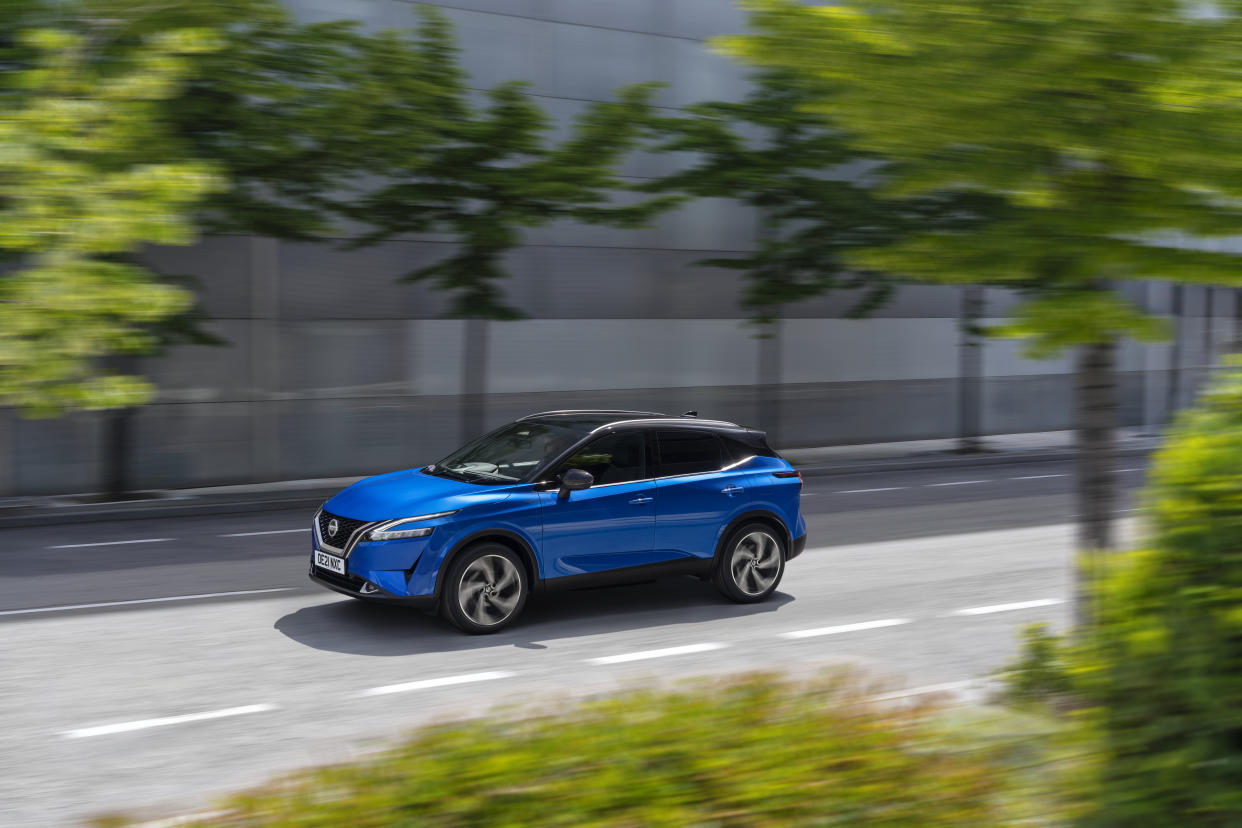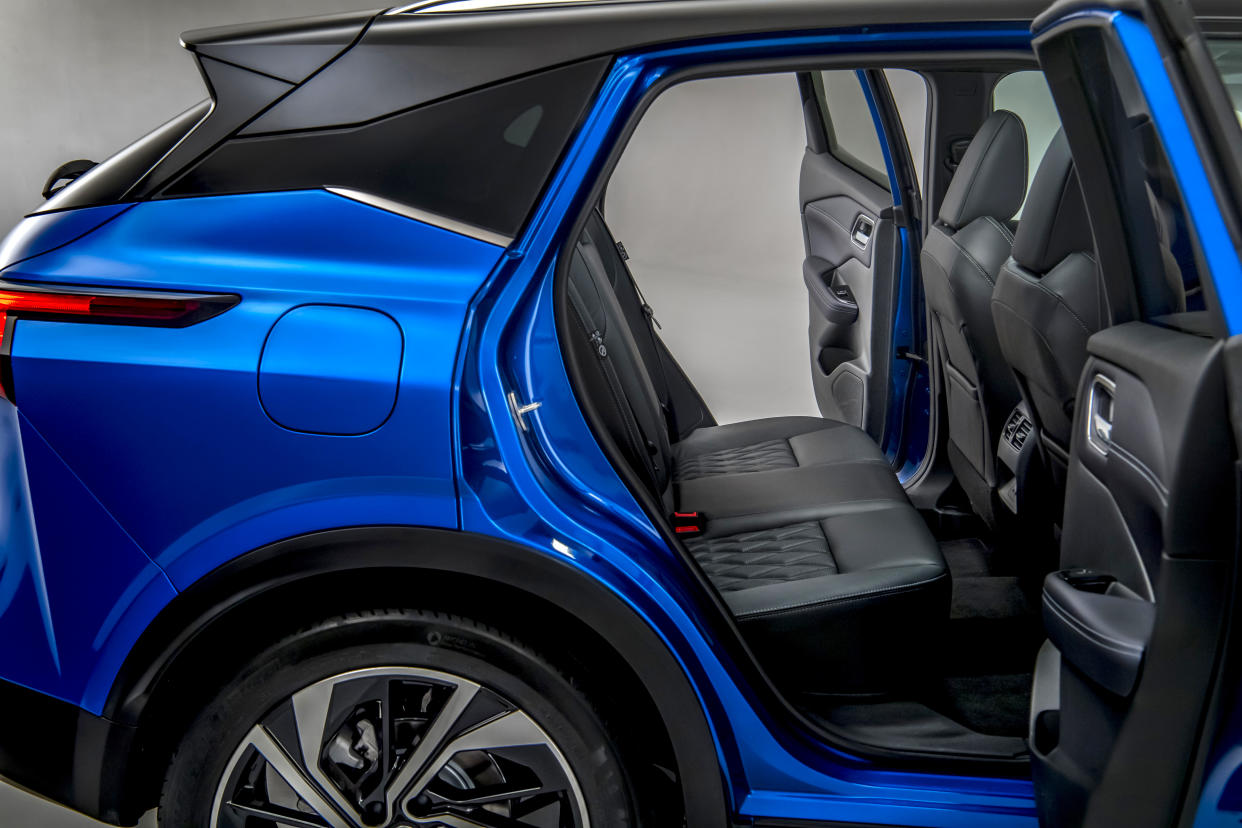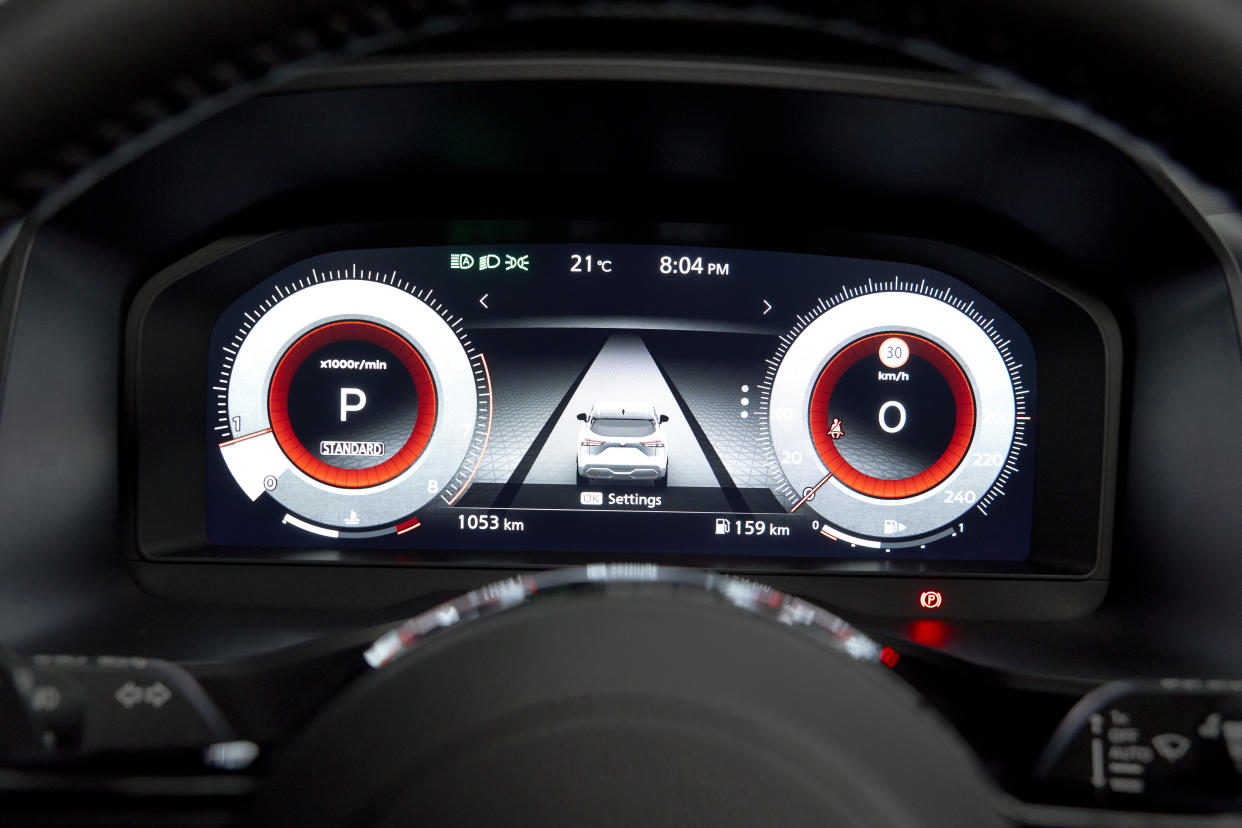First Drive: Can the new Nissan Qashqai retain its crossover crown?
What is it?

It’s easy to measure the popularity of the Nissan Qashqai. Simply drive – or even walk – down a road and before long one of the ever-present crossovers will pass you. Give it a try – we guarantee you’ll see one. It’s been a huge success story for Nissan and with three million Qashqais shifted across Europe since it arrived in 2006, you can understand why a new one is so important.
So here we have it – the new Qashqai. And this isn’t any facelift or tweak, oh no – this is a brand new car on a brand new platform. So let’s check it out and see what it’s like.
What’s new?

Underpinning the Qashqai is a new CMF-C platform brought through Nissan’s Alliance with Renault and Mitsubishi. It’s geared up towards catering for other powertrains later on, but also ensures that the Qashqai can deliver more space than before without expanding its outward dimensions too much. It is, however, 35mm longer than before and 25mm taller, but these are quite modest changes.
We’ve also got mild-hybrid technology, which should – in theory – help with efficiency and add a little punch to the engine. More on that shortly.
What’s under the bonnet?

One aspect of the new Qashqai that isn’t – well – new is the engine. It’s the same 1.3-litre turbocharged engine as you’d find in the older car, but it’s been cleaned up with the inclusion of a mild-hybrid system. It’s far from the strongest of electric assistance you’ll find and it can only really work to fill in tiny gaps in torque and bring down emissions a smidge.
With 156bhp – a lower-powered version with 138bhp is available too – it’ll get the Qashqai from 0-60mph in 9.3 seconds and onwards to a top speed of 128mph. A six-speed manual sends drive to the front wheels on this car, though both an automatic gearbox and four-wheel-drive are available too. In terms of efficiency, this particular Qashqai will return 43.6mpg combined alongside CO2 emissions of 146g/km. Oh, and if you’re after better efficiency then an ePower model – which uses the petrol engine as a ‘generator’ feeding a large electric motor and batteries – is due to arrive shortly.
What’s it like to drive?

Nissan has put some real effort into improving the way the Qashqai drives, which is why it has refined the steering and edited the suspension. The former now feels more alert than before and though it’s pretty lifeless, it does add some extra vigour to the way the Qashqai corners. Likewise the suspension feels well managed at higher speeds, though it does have a tendency to struggle with lower speeds over rough surfaces – a jutted section of tarmac leaves the Qashqai darting and wobbling.
The engine itself lacks any real pull from low down but quickly comes on song as the revs build. There’s plenty of in-gear punch, too, so roll-on acceleration is available when you want it and this particularly helps when on the motorway.
How does it look?

It’s a Qashqai but not quite as we know it. The look of the new car really does represent a great evolution of the old car’s design, as it’s still recognisable as the popular crossover while also appearing fresh and new. Up front, the grille is larger than before and is exaggerated by the bonnet lines that run into it, while the new split-style LED headlights look particularly futuristic. The air intakes at the nose of the car help to give it even more presence, too.
Around the back, you’ve got the Qashqai name spelt out loud and proud, while the design of the headlamps is mirrored in the tail lights. It’s a really great design and helps the Qashqai to stand out.
What’s it like inside?

The previous-generation Qashqai was really starting to show its age inside by the time it finished production, so it’s no bad thing that Nissan has gone to town with the cabin of the new one. There’s a broader use of high-quality materials and leather-stitched panels, though this is still contrasted by some slightly harsher plastics around the gearstick and cupholders.
But practicality is the name of the game here and it’s where the Qashqai excels itself. There are loads of cubbies and storage areas, while the rear seats – which offer plenty of legroom – get plenty of storage solutions too. When it comes to boot space, the Qashqai does even better than before thanks to its 504-litre load area – some 50 litres more than you got in the previous-generation car. It’s also got a clever split-loading design, which can be flipped over to reveal a scratch-resistant, hard-wearing surface ideal for when you’re transporting wet or muddy items.
What’s the spec like?

The Qashqai has always delivered when it comes to value-for-money and this latest version appears to be just the same. Entry-level cars – priced from £23,545 – bring automatic headlights and a host of safety assistance features as well as intelligent cruise control and rear traffic cross alert.
Our car, in range-topping Tekna+ trim – priced from £34,175 – adds a nine-inch central infotainment system and 12.3-inch digital cockpit, which both elevate the feeling of technology in the cabin – though we wish the mapping were a little more detailed and that the cockpit’s dials were given slightly more up-to-date graphics. Elsewhere, you’ve got part quilted seats with massage function and a 10-speaker Bose sound system. There’s plenty of kit regardless of which trim you go for, in fairness.
Verdict
The new Qashqai really has moved the game on. It might’ve been easy to have made small tweaks here and there and keep it much the same, but Nissan has taken the plunge and made some definite changes which really help to elevate it to new heights. It’s better looking, better finished inside and better to drive than before – factors that will only help to ensure that the Qashqai remains as popular as ever.
Despite the crossover segment being more populated than ever, these changes have ensured that the Qashqai can still run with the pack.
Model: Nissan Qashqai
Base price: £34,175
Model as tested: Nissan Qashqai Tekna+
Price: £35,420
Engine: 1.3-litre turbocharged petrol
Power: 156bhp
Torque: 260Nm
Max speed: 128mph
0-60mph: 9.3 seconds
MPG: 43.6
Emissions: 146g/km CO2


